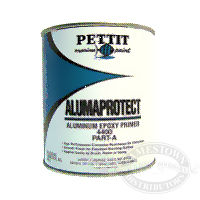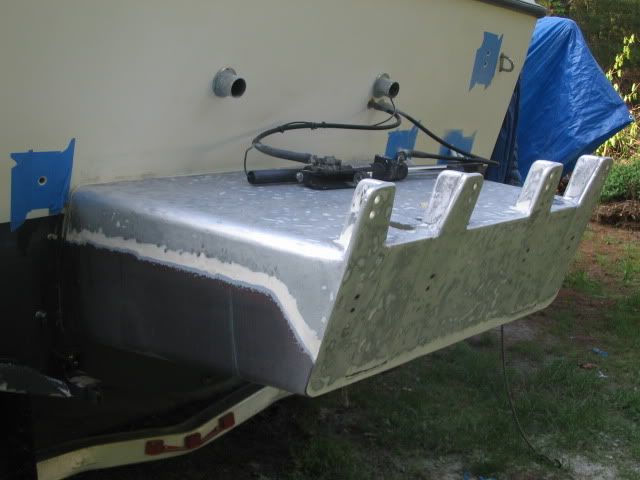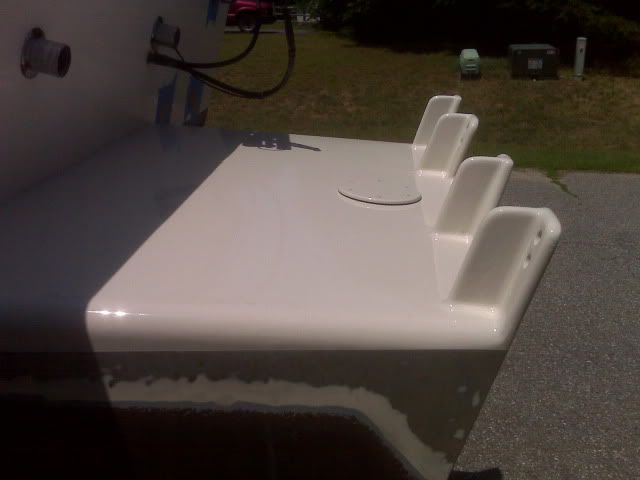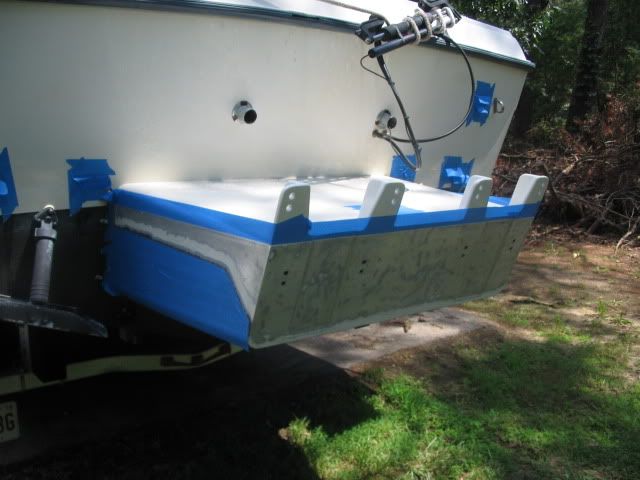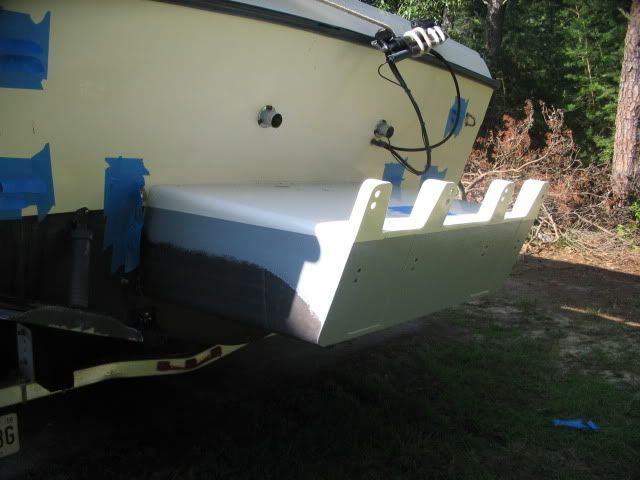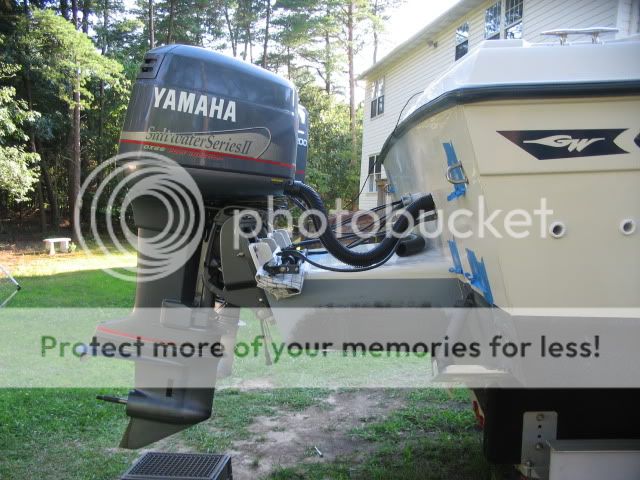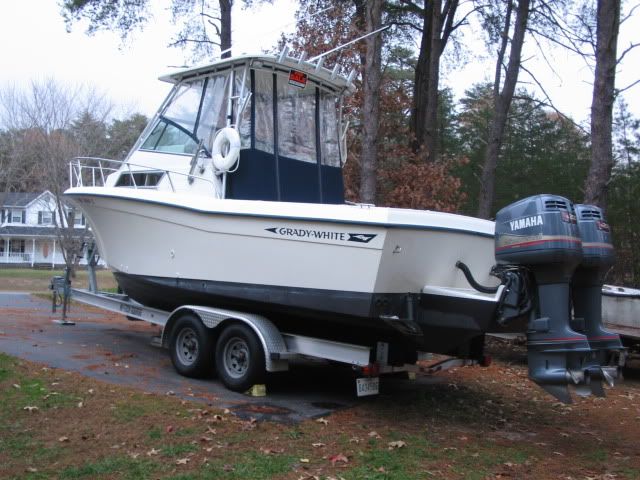Pulling the motors isn't hard and you don't have to remove the bracket from the boat (unless the transom to bracket seal is leaking).
I went though a similar thing with my old 25' Grady. While the bracket didn't have any galvanic corrosion, the Gil-coat had separated from the aluminum (but not chipped off) and there was some corrosion from saltwater.
I ground off all the separated spots as well as everything above the waterline to a point about 3" below the bottom paint line and filled in some low spots with the version of Marine Tex suitable for use on metal.
\
I then had the portion of the bracket above the bottom paint line shot w/ Awlgrip.
Next I taped off the Awlgrip and existing bottom paint. The tape at the top was actually about 1/4" up the Awlgrip and that area was lightly sanded with 80 grit. Next was to etch the bare aluminum with the West System aluminum etching kit. It the the product number is 860 or something like that. I followed the instructions exactly. I didn't take pics of that because there wasn't really anythign to see. One of treatments was clean, the other a very light yellow.
As soon as it was dry, I applied several coats of Interprotect 2000E and peeled the tape.
New-to-me motors went on and were re-rigged.
Ran a fresh bead of caulk around the top and slightly down the sides of the bracket (for cosmetic purposes...I had done the rest of the sides and bottom a few years prior). Taped off the paint line and reapplied the bottom paint. No paint on the engine mounts. I just dabbed it on with a 3" chip brush to more closely match the existing paint text left by the roller.
FYI...the paint I used was standard copper-based paint. That's what the PO used for the 13 or so years he owned the boat and there was zero galvanic corrosion. The key is to keep it off of bare aluminum.
I sold the boat a few weeks later so while I can't tell you how it's holding up, but I would be very surprised if there are any issues with it.






